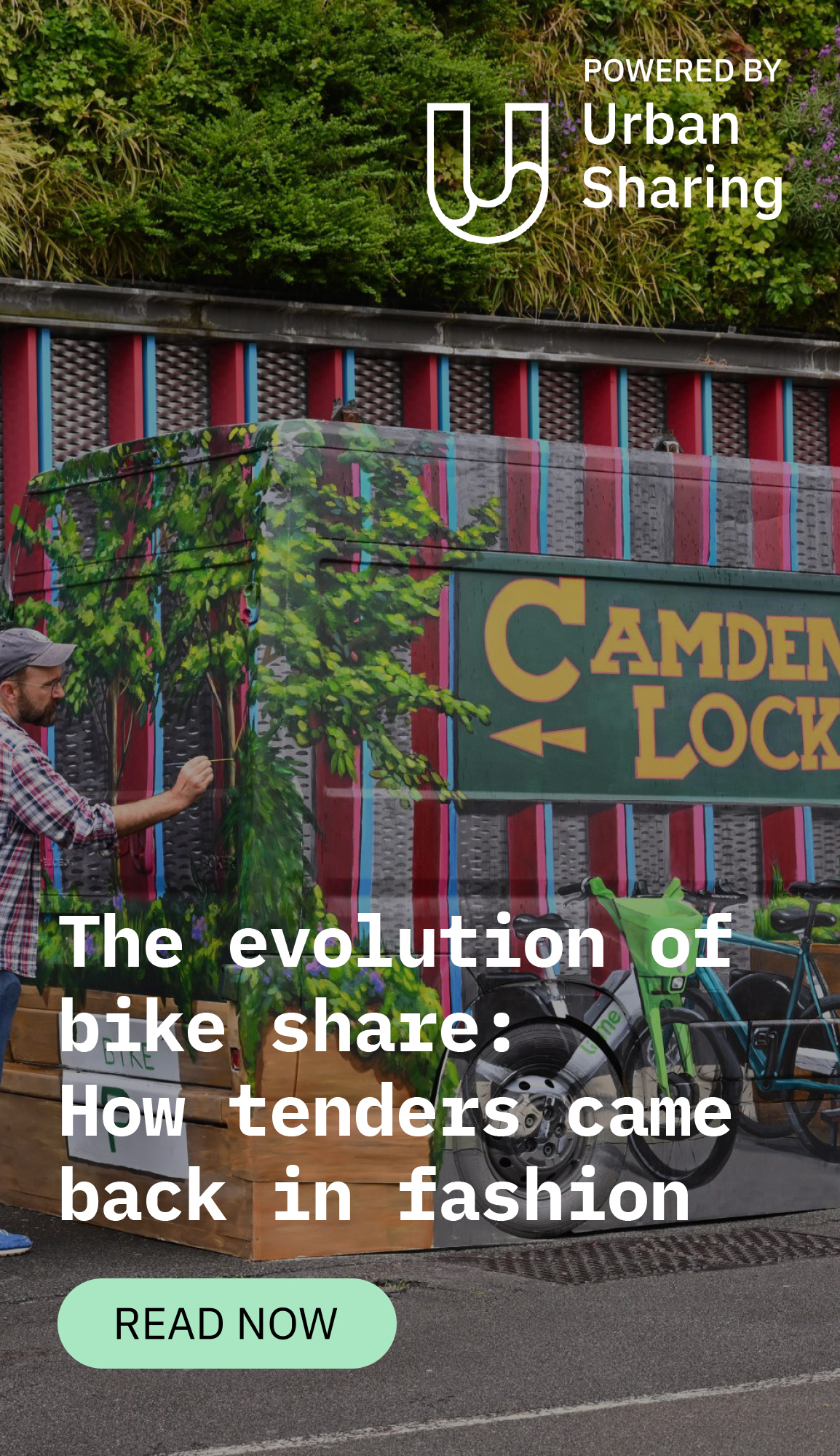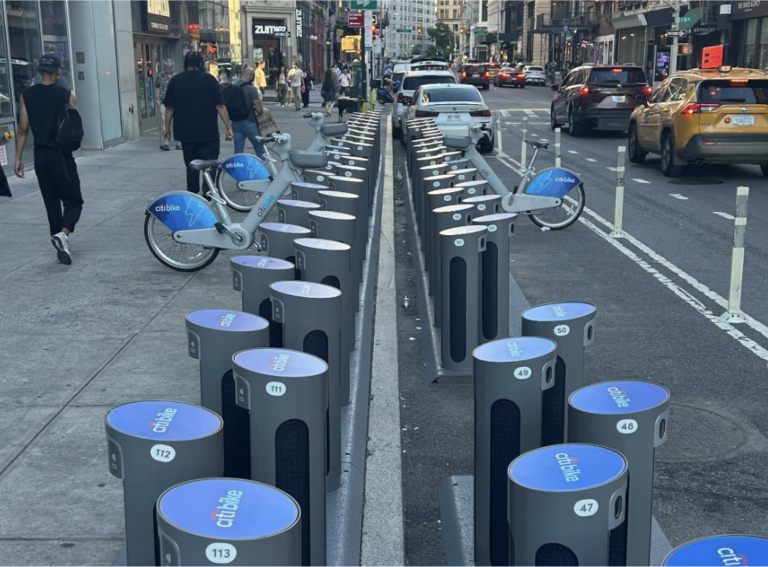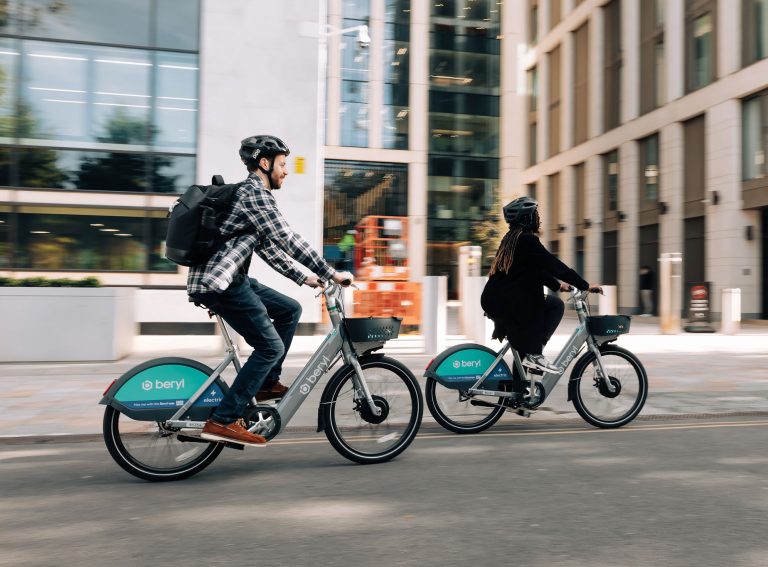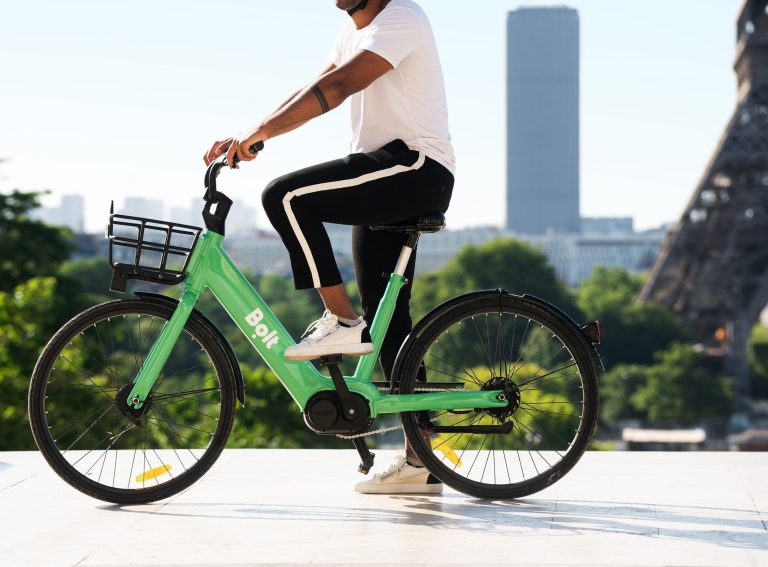In the hustle and bustle of modern urban life, micromobility offers a promise of freedom, efficiency and environmental friendliness. But behind the glossy veneer lies a harsh reality: cities are often the silent architects of micromobility failure. Now is the time to call out this broken system.
KPIs – They’re supposed to be the guiding stars for success, right? Wrong.
City administrations set KPIs that prioritise metrics like vehicle availability across the entire system, broken vehicle repair in short time windows, and priority location performance, all of which seem fair on the surface. But when you delve into the details these KPIs fail to consider the broader impact on an operator’s ability to deliver these metrics, the impact of increased ridership, nor what users actually want – a vehicle when and where they need it. Some of my favourites:
- The KPI specifying that operators must collect any broken vehicles within 24 hours of them being reported when the system is seeing 15+ rides per day
- There must be an electric bike in every station that there is a mechanical bike, when only 33% of the system is electric (you do the maths)
- 95% system availability at all times
The worst one is around vehicle/parking availability. To KPI a system based upon equal share of assets across the entire system, when there is never enough supply ensures everyone loses. Vehicles get left and not used in certain locations, users can’t find vehicles in higher usage locations and micromobility operators, shackled by these metrics, are forced to chase numbers rather than enhancing the actual quality of service.
You can’t have your cake and eat it
Cities are demanding innovation and better services, yet take revenue from the very companies striving to meet these demands or fine them for not meeting the unrealistic KPIs set. It’s the epitome of having your cake and eating it – a practice that suffocates innovation and stunts progress.
You can’t create an environment where you want your operators to have economic stability whilst directly taking from their bottom line. This is further demonstrated when the aforementioned KPIs are usually tied to severe financial penalties that accumulate for every 0.1% point that you fall under your KPIs. Operators are rarely offered the proverbial carrot in these instances.
Tender Requirements: A Blueprint for Failure
Limited fleet sizes, stringent revenue-sharing models, and an obsession with pricing as the primary award criterion create a regulatory labyrinth where operators are set up to fail from the get-go.
It’s like designing a maze with dead ends and then blaming the mouse for not finding the cheese
The pricing weighting also has a negative knock-on effect for the entire industry, not just in the city that it’s implemented. Operators, focused on profitability go after every tender with reduced offers in the hope that it will tip the scales in their favour, but in reality it brings the entire industry down around them, especially when they go bust like Bewegen, RideOn and Bird. Let’s not make it easier to ask for forgiveness, then permission.
And let’s not forget technological demands that make zero sense. Micromobility is a proven modality in all aspects, software, hardware and operations. There is no need to reinvent the wheel just so a city official or consultancy can put their own stamp on a system. Especially when this ‘stamp’ has no added value, or in some cases a negative effect.
The end of the cycle lane…
Enough is enough. It’s time to dismantle the barriers that suffocate micromobility.
Cities must rethink their approach, moving away from rigid KPIs and revenue grabs, towards a more holistic understanding of what makes a city truly liveable.
Collaboration, not coercion, should be the cornerstone of urban mobility planning. It’s time to unleash the potential of micromobility by untangling the red tape and letting innovation flourish rather than pointing fingers at each other.
We are in a fantastic position where micromobility holds the key to unlocking a brighter, more sustainable future for our cities. But until we address the systemic issues that stifle its growth, we’ll remain stuck in traffic jam forever. It’s time for cities to be catalysts for change rather than barriers to progress. Let’s tear down the walls that confine us and pave the way for a truly mobile future. The time for action is now.
Let’s ride!











